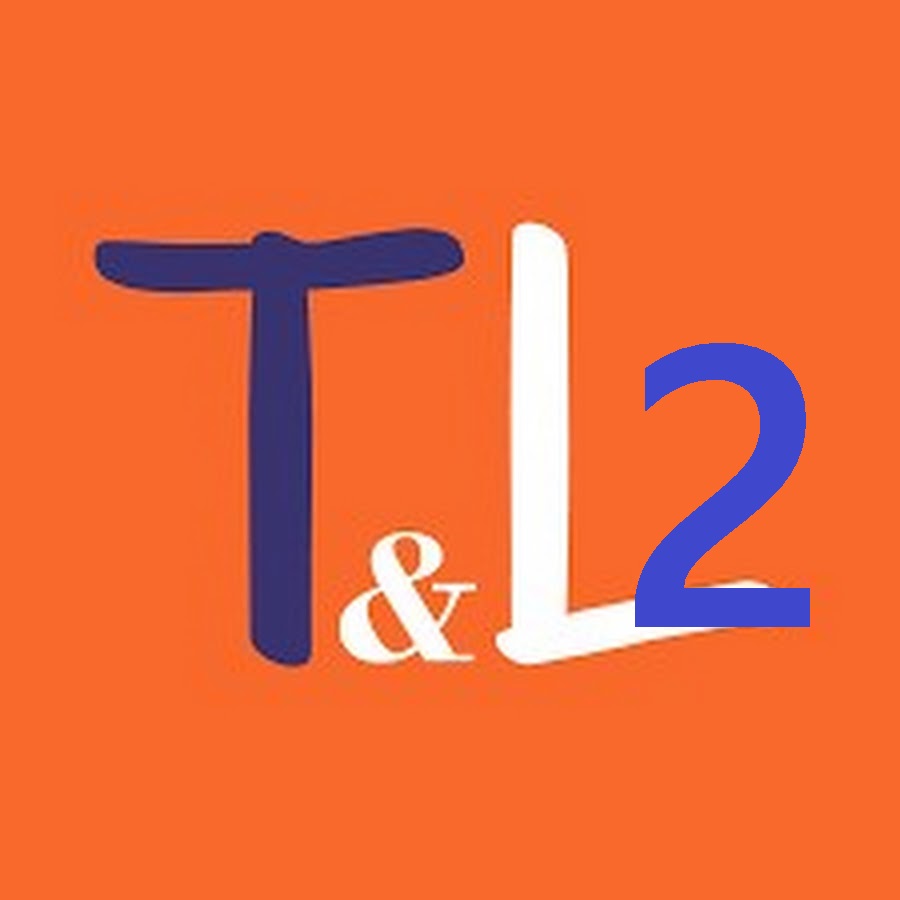Why did the ancient humans began to ride horse? An discovered skeleton gives the answer
A new discovery in Malumerovo Bulgaria changed the timetable for horseback origins, and revealed that humans had been riding horses about 4000 years ago, more than 1000 years ago than previously believed.
The residue of a skeleton of a thirties in his thirties at Strgnico's archaeological site, decorated with a red dye and structural evidence on horse riding on a large scale, challenging the concepts about the emergence of equestrian.
This discovery highlights the rapid migrations of the Yamaya people during the Bronze Age, which led to a change in the genetic and cultural scene in Eurasia.
About 3200 to 2500 BC, the Yamnaya people began a transformative trip from their original lands in the north of the Black Sea and the Caspian Sea.
The Bedouins covered vast regions, from the current Hungary to Mongolia within a few centuries, leaving an indelible imprint on Eurasian cultures.
Strgnico's archaeological site in Romania has discovered a bone structure showing noticeable signs of horse riding, challenging the traditional schedule of the origins of this practice.
Martin Tartman's biological anthropologist, as part of the European Research Council project, which examines the influence of the Yamnaya, examined 217 groups of remains from Romania, Bulgaria, Hungary and the Czech Republic accurately.
The results, published in the magazine of Science Advances in March 2023, revealed about twenty potential or possible contestants, including individuals from the Yamnaya and before the Yamaya.
The hips, thigh bones, thick and rough spine, as well as evidence of fall and accidents, refer to the mastery of horse riding, an important innovation during the third millennium BC.
While the Yamnaya left only a few permanent settlements, its impact on Eurasian cultures is evident in the burial hills or hills that survived.
The newly discovered evidence of early horseback rides shows the speed and extent of the migrations of the Yamnaya, which contributed to the exchange of people and ideas across Eurasia.
The influence of the Yamaya is a pivotal moment that formed the genetic and cultural fabric of the region, with possible ties for the spread of Indian European languages.
The discovery of ancient humans who were riding horses a thousand years ago, which previously believed challenging historical accounts and enriches our understanding of the Bronze Age.
Structural Evidence from Strienico and other sites indicate that horseback was an important factor in the rapid expansion of the people of the Yamaya, which affected the genetic and cultural diversity in Eurasia.
This discovery emphasizes the importance of continuous archaeological research in reshaping our perceptions of ancient humanitarian practices and their profound effects on the development of civilizations.
